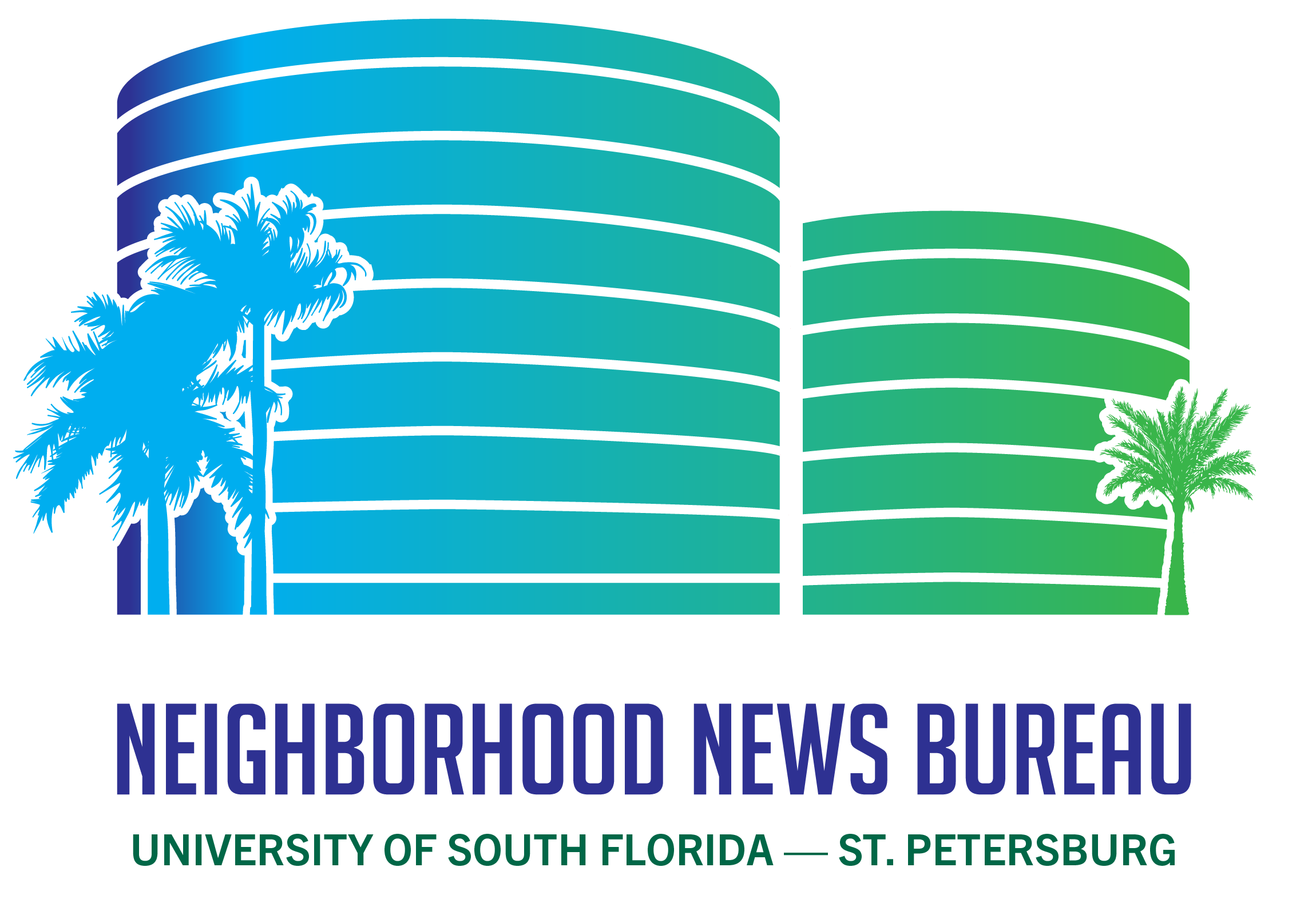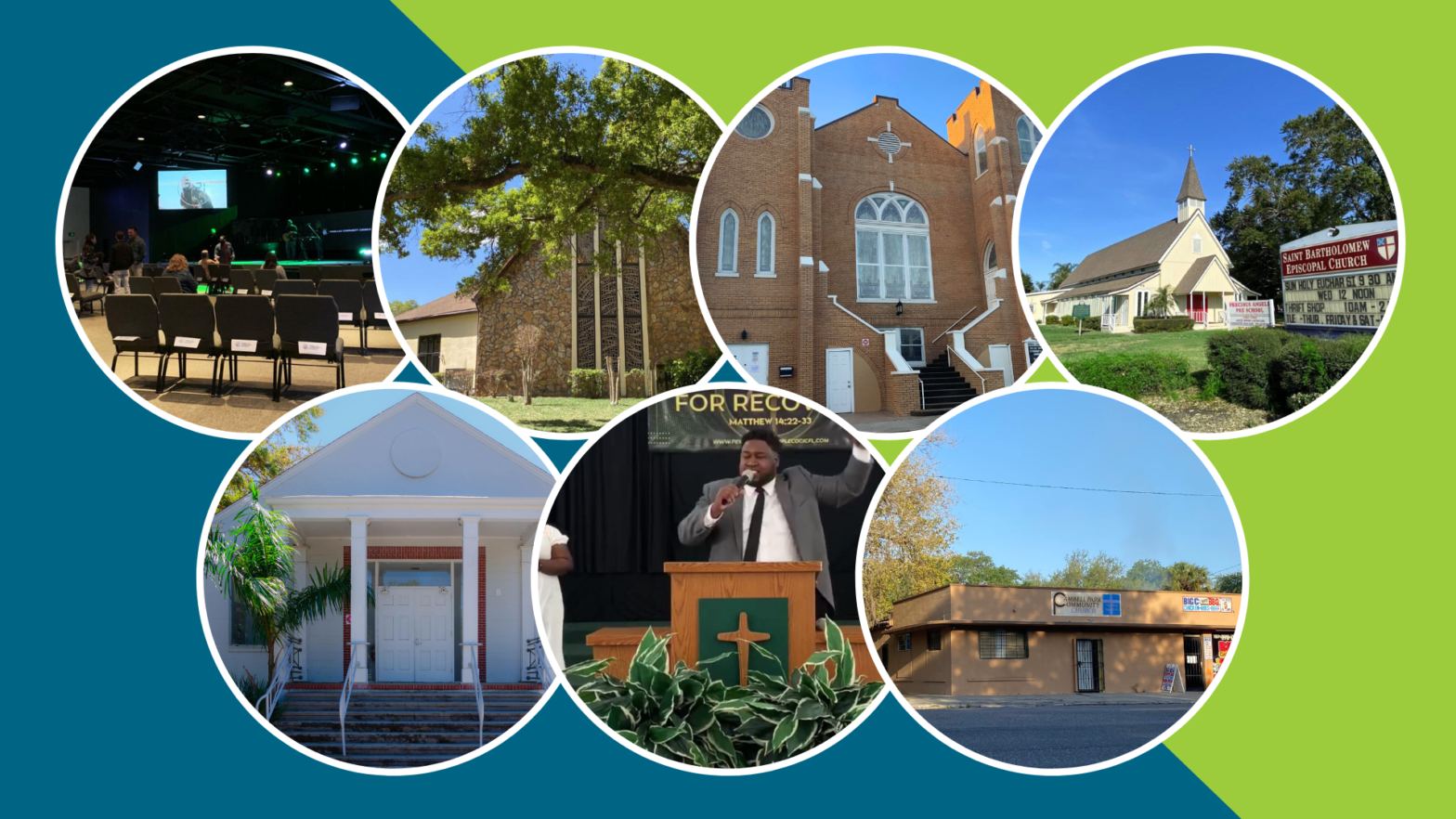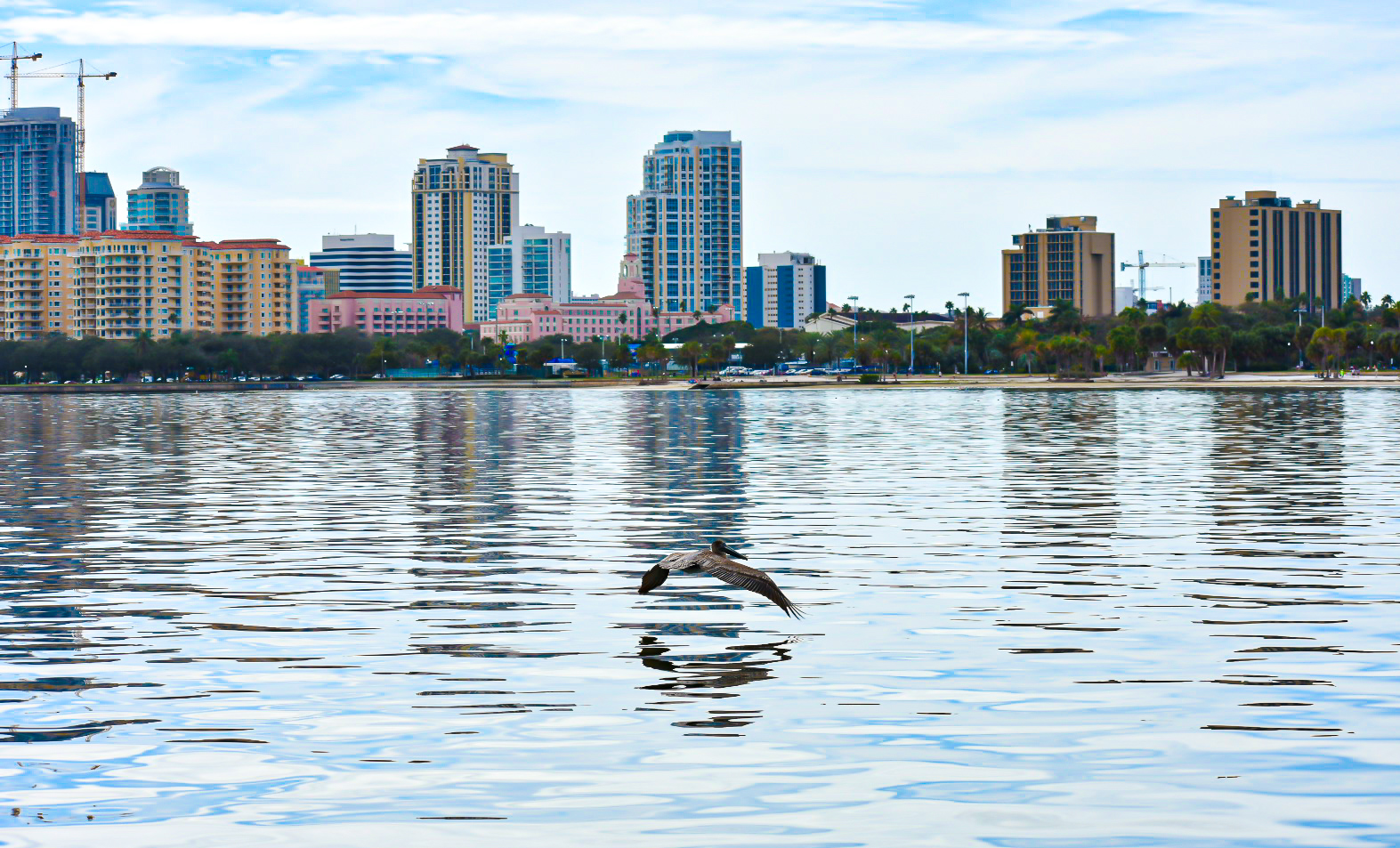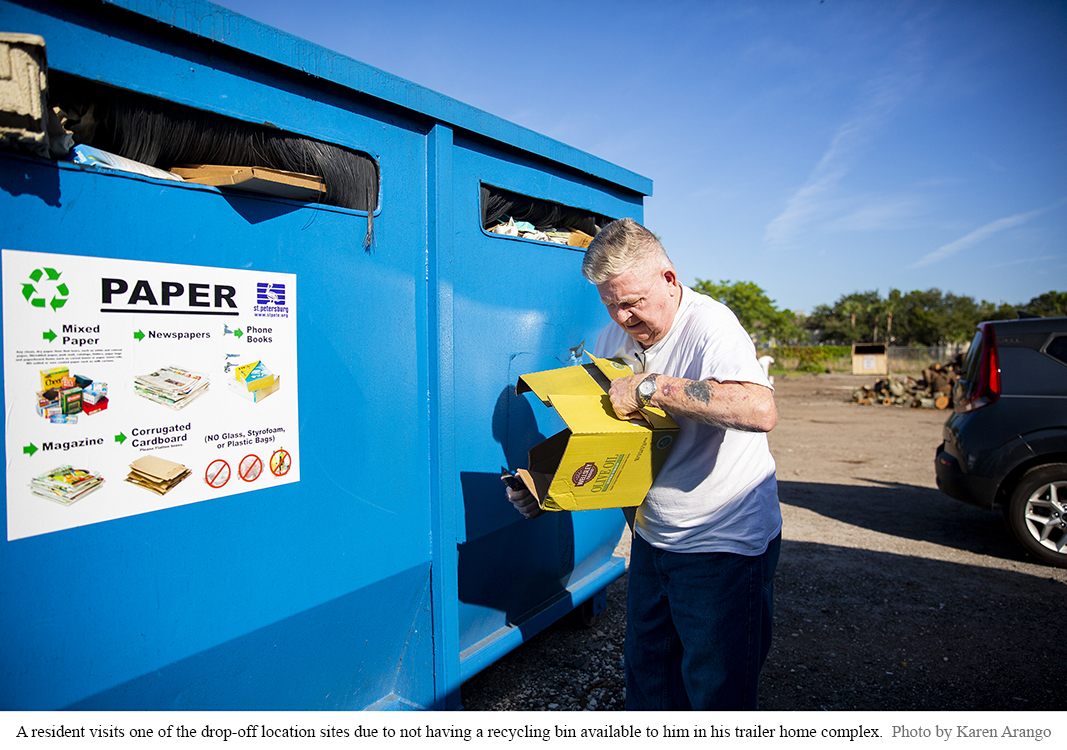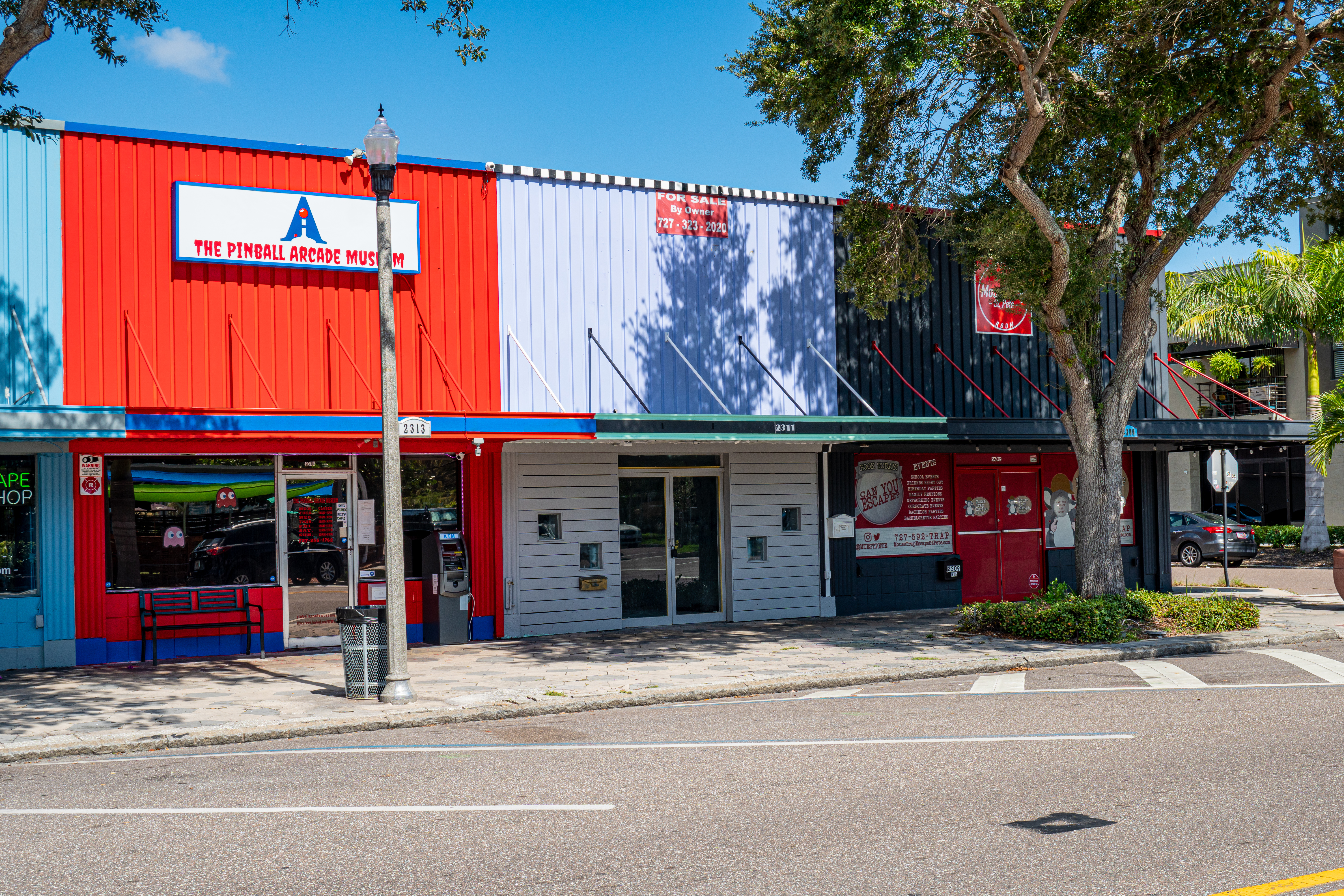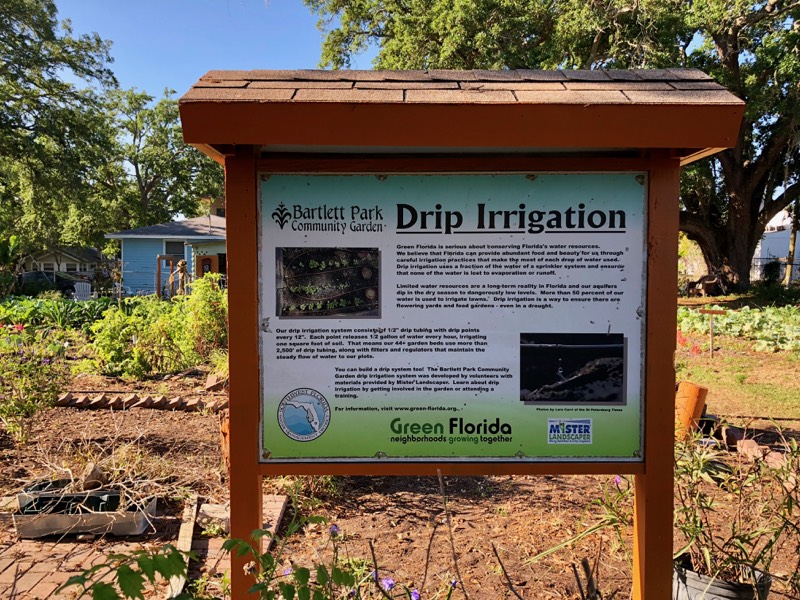By Madison Hursh In the Midtown neighborhood of South St. Petersburg, there is an ongoing shortage of grocery stores and nutritional food options. The last
Read MoreCategory: NEIGHBORHOOD NEWS
Scenes from Sunday Service
This story also appears on The Weekly Challenger, the most comprehensive news source to the African-American communities of Tampa Bay. By Annalise Anderson, Kristen Boehm,
Read MoreSinking in Sewage
Sinking in Sewage: Can St. Pete Clean Up It’s Act? By Krystel Knowles A sewage spill of roughly 200 million gallons of raw and partially
Read MoreAffordable Housing Crisis Hits Hard in St. Petersburg’s Districts 5 and 7
[vc_row][vc_column][vc_column_text] Affordable Housing Crisis Hits Hard in St. Petersburg’s Districts 5 and 7 By Hope Garza Mark Moore, a resident of St.
Read MoreRecycling deficits in St. Petersburg Need Solutions from Elected Officials
[vc_row][vc_column][vc_column_text] Recycling deficits in St. Petersburg Need Solutions from Elected Officials By Nageena Laing, Kelsey Knight and Karen Arango The City of Saint Petersburg
Read MoreProgressive St. Petersburg… and its dividing line
[vc_row][vc_column][vc_column_text] Progressive St. Petersburg… and its dividing line Lavish funding continues to fuel St. Petersburg’s dynamic downtown growth, while residents and business owners in
Read MoreDispelling the Deserts: Communities Implement Their Own Solutions Against Food Insecurity in St. Petersburg
[vc_row][vc_column][vc_column_text] Dispelling the Deserts Communities Implement Their Own Solutions Against Food Insecurity in St. Petersburg BY THOMAS IOVINO Nearly 1,000 days
Read MoreHe covers the Rays with a poker face and a veteran’s touch
BY TAYLOR WILLIAMS NNB Student Reporter ST. PETERSBURG — When he was a little leaguer in Coral Springs, some of the leagues got write-ups in
Read More